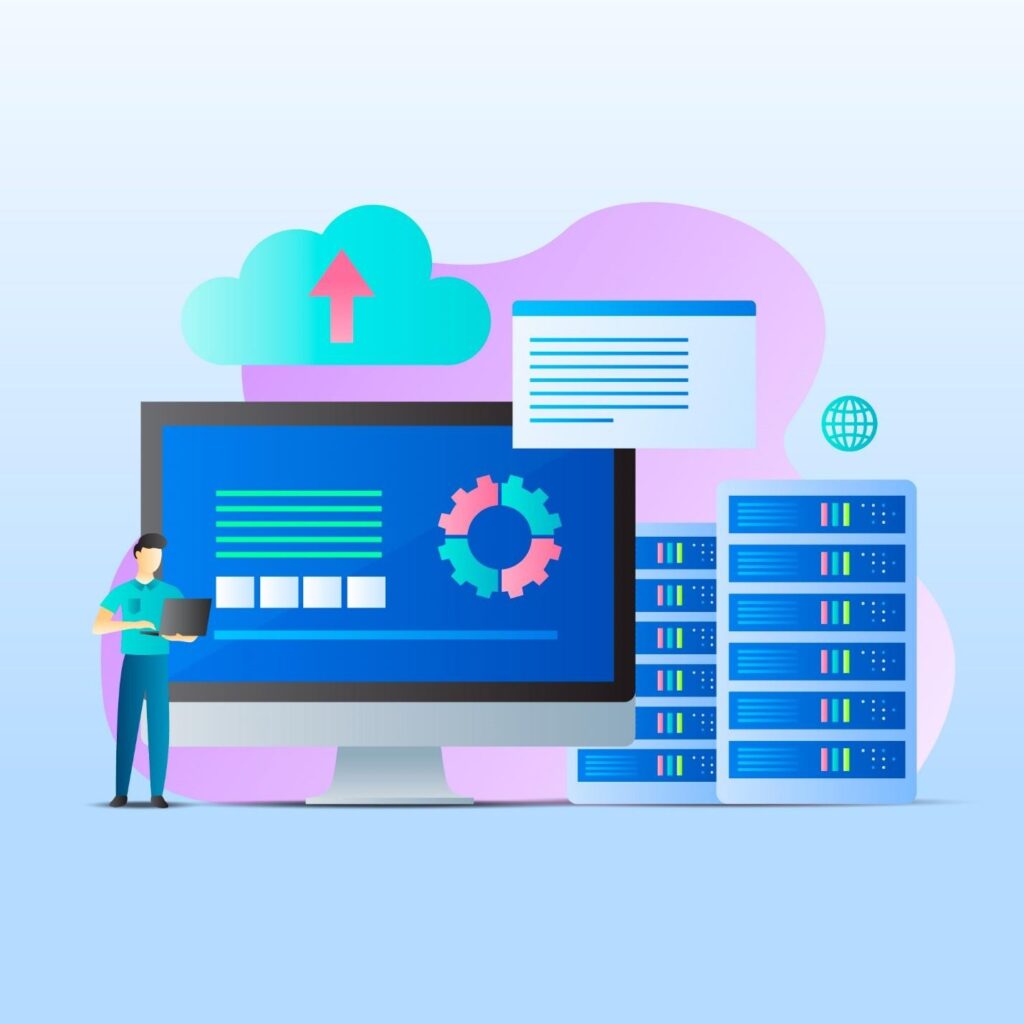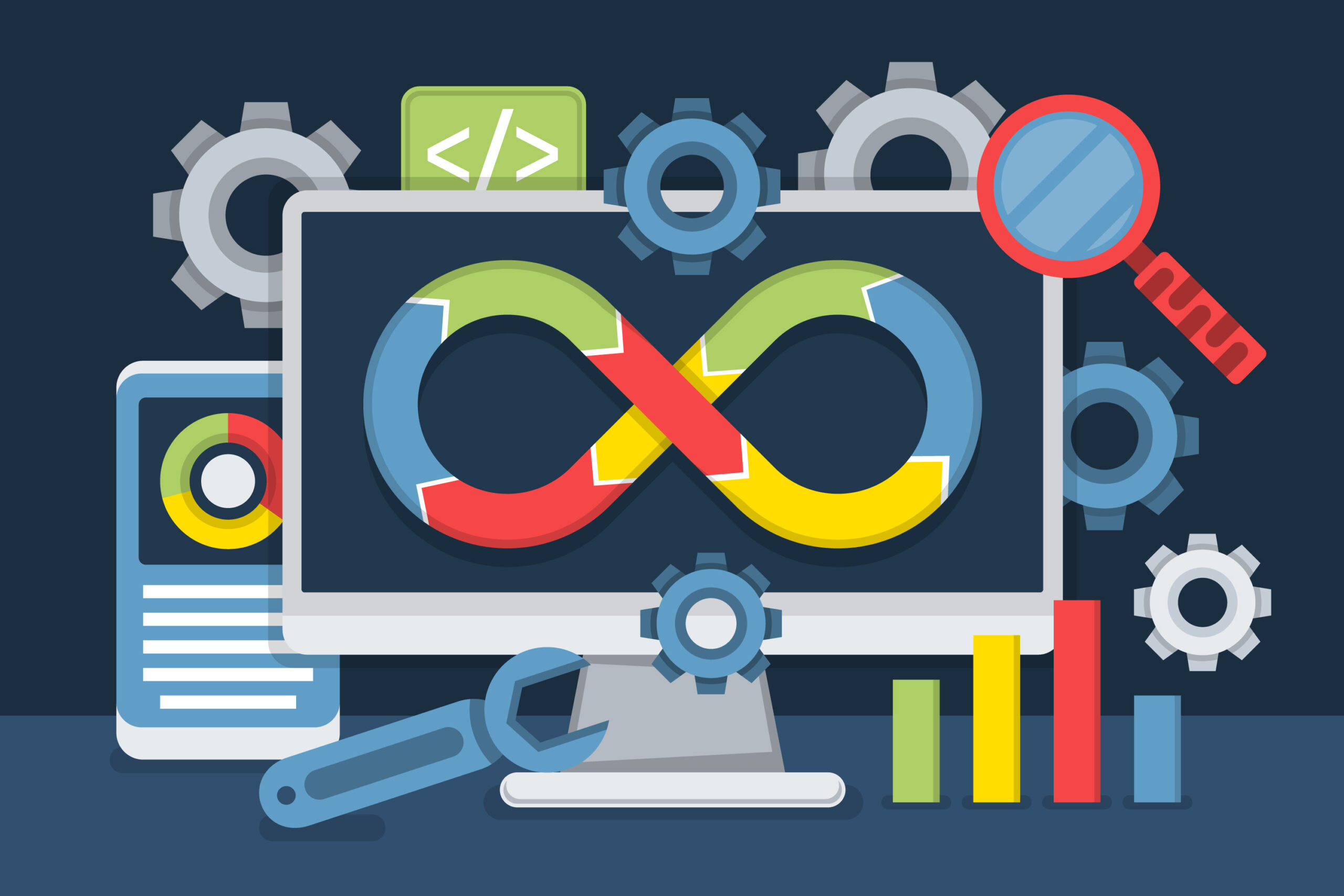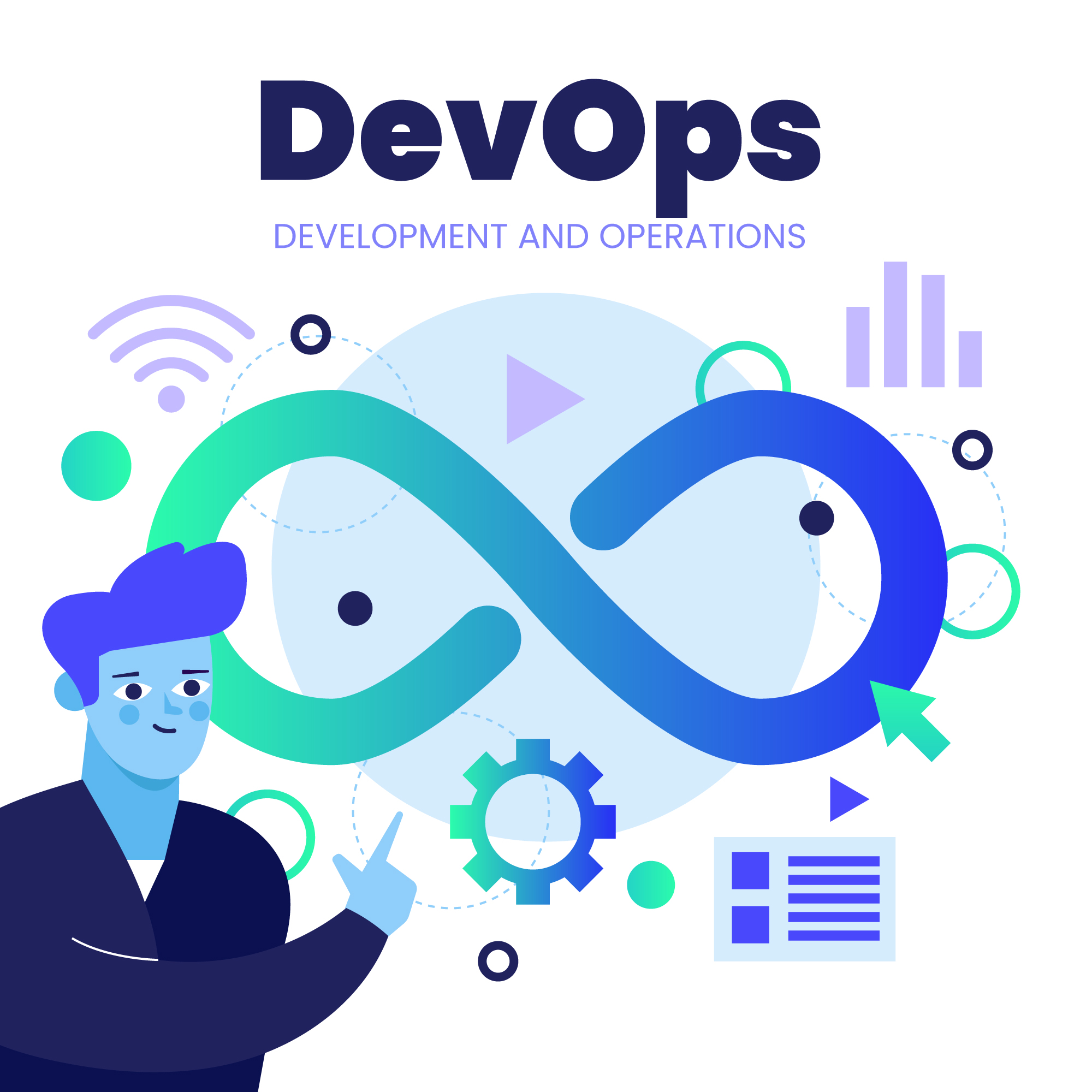Managing multitenant database containers has become an essential strategy for organizations aiming to scale efficiently while keeping infrastructure costs low. Yet, many IT teams and database administrators unknowingly fall into common traps that can lead to performance bottlenecks, data security concerns, and rising maintenance costs.
If you’ve ever asked yourself, “Why does my multitenant container database slow down as more clients are onboarded?” or “How can I manage tenant isolation without overcomplicating my setup?”, you’re not alone. These are exactly the types of pain points businesses face when adopting a shared containerized database architecture. Surely, database consultants can help, but you need to know why this happens.
That’s why, in this blog, we’ll break down the pitfalls in multitenant database containers, discuss practical strategies to avoid them, and explain how Tambena Consulting can help you build a resilient, secure, and scalable database environment.
Why Multitenant Database Containers Cause Frustrations
At first glance, multitenant containerized databases look like the perfect solution: efficient resource utilization, reduced infrastructure costs, and streamlined operations. However, when organizations rush into implementation without a well-thought-out strategy, they encounter several recurring issues:
- Performance degradation as more tenants share the same resources.
- Security vulnerabilities due to improper tenant isolation.
- Complex backup and recovery processes, especially with multiple tenants.
- Compliance challenges when data resides in the same environment.
- Hidden costs from scaling infrastructure inefficiently.
As per data from platforms like Reddit and Quora, one of the most frequently asked questions is: “How do I isolate workloads in multitenant database containers without doubling infrastructure costs?” This question highlights a key pain point: balancing efficiency with security and performance.
What Happens If You Ignore These Pitfalls?
Overlooking these pitfalls can lead to consequences far worse than inefficiencies:
- Customer churn due to poor application performance.
- Regulatory penalties for failing to maintain compliance in data handling.
- Ballooning costs as you scale inefficiently.
- Security breaches that can damage brand trust permanently.
Ignoring these issues doesn’t just affect your databases; it impacts your business growth, customer satisfaction, and competitive advantage.
Best Practices to Avoid Pitfalls in Multitenant Database Containers

Performance Tuning in Containerized Multitenant Databases
One of the most common pitfalls is failing to tune resources properly. Many teams deploy default configurations, leading to uneven resource allocation between tenants.
How to Avoid It
- Use resource quotas and limits to ensure fair allocation.
- Leverage connection pooling to optimize query performance.
- Monitor performance with tools like Prometheus and Grafana to detect anomalies early.
Strengthening Security in Shared Database Containers
Another recurring issue is inadequate tenant isolation. Without proper separation, one compromised tenant could potentially access or impact another tenant’s data.
How to Avoid It
- Implement strict schema-level isolation or database-level separation.
- Use role-based access controls (RBAC) and tenant-specific encryption keys.
- Conduct regular penetration testing to identify and fix vulnerabilities.
Simplifying Backup and Disaster Recovery
A single misconfigured backup plan can jeopardize the entire multitenant environment. Many teams struggle to restore individual tenant data without impacting others.
How to Avoid It
- Use logical backups per tenant to allow granular restoration.
- Automate backup schedules with Kubernetes-native tools.
- Maintain clear disaster recovery runbooks for faster resolution.
Compliance and Regulatory Alignment
Industries such as healthcare and finance require strict compliance with GDPR, HIPAA, or PCI DSS. Hosting multiple tenants in one containerized environment often complicates compliance.
How to Avoid It
- Adopt data masking and anonymization for sensitive information.
- Store compliance-critical data in dedicated partitions.
- Maintain audit trails to prove compliance readiness.
How Tambena Consulting Helps You Avoid These Pitfalls
At Tambena Consulting, we specialize in helping organizations design, optimize, and secure multitenant container databases. Here’s how we can help:
- Competitor gap analysis to benchmark your setup against industry standards.
- Custom architecture design that balances scalability, security, and cost-efficiency.
- Performance optimization through monitoring, tuning, and automation.
- Security audits and compliance support to meet regulatory requirements.
- Disaster recovery planning to ensure business continuity.
Whether you’re a startup scaling fast or an enterprise modernizing legacy systems, Tambena Consulting can help you avoid pitfalls and maximize ROI on your multitenant infrastructure. Contact Tambena Consulting today to schedule a free consultation and transform your multitenant database strategy.
Conclusion
Multitenant database containers are a powerful way to scale your business, but only if managed correctly. By avoiding pitfalls like performance bottlenecks, weak security, and compliance oversights, you can unlock the full potential of containerized databases.
With expert database consulting services from Tambena Consulting, you don’t have to navigate these challenges alone. From architecture design to compliance alignment, Tambena provides end-to-end support to ensure your multitenant strategy is secure, efficient, and future-proof.
Ready to optimize your multitenant database infrastructure? Reach out to Tambena Consulting today.
FAQs
What is a multitenant container database?
A multitenant container database is an architecture where multiple tenants (applications, users, or clients) share a single containerized database instance while maintaining logical separation of their data.
Why should businesses use multitenant database containers?
They allow better resource utilization, reduce operational costs, and simplify scaling compared to hosting separate databases for each tenant.
What are the biggest pitfalls in multitenant container databases?
Common pitfalls include poor performance tuning, inadequate tenant isolation, difficult backup processes, and compliance challenges.
How can I secure a multitenant database container?
You can secure it by enforcing schema-level isolation, using RBAC, encrypting tenant data, and performing regular security audits.
Can I restore one tenant’s data without affecting others?
Yes, if you configure logical backups per tenant, you can restore data selectively without impacting the entire environment.
Are multitenant database containers suitable for small businesses?
Yes, small businesses benefit from lower infrastructure costs and simplified operations, provided they follow best practices.
How do multitenant container databases compare to single-tenant databases?
Single-tenant setups offer stronger isolation but are more expensive to manage. Multitenant databases balance cost with scalability.
Which tools are best for monitoring multitenant containers?
Prometheus, Grafana, and the ELK stack are commonly used for performance and security monitoring.




